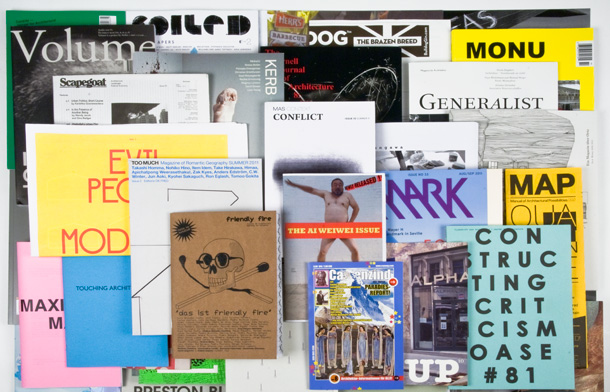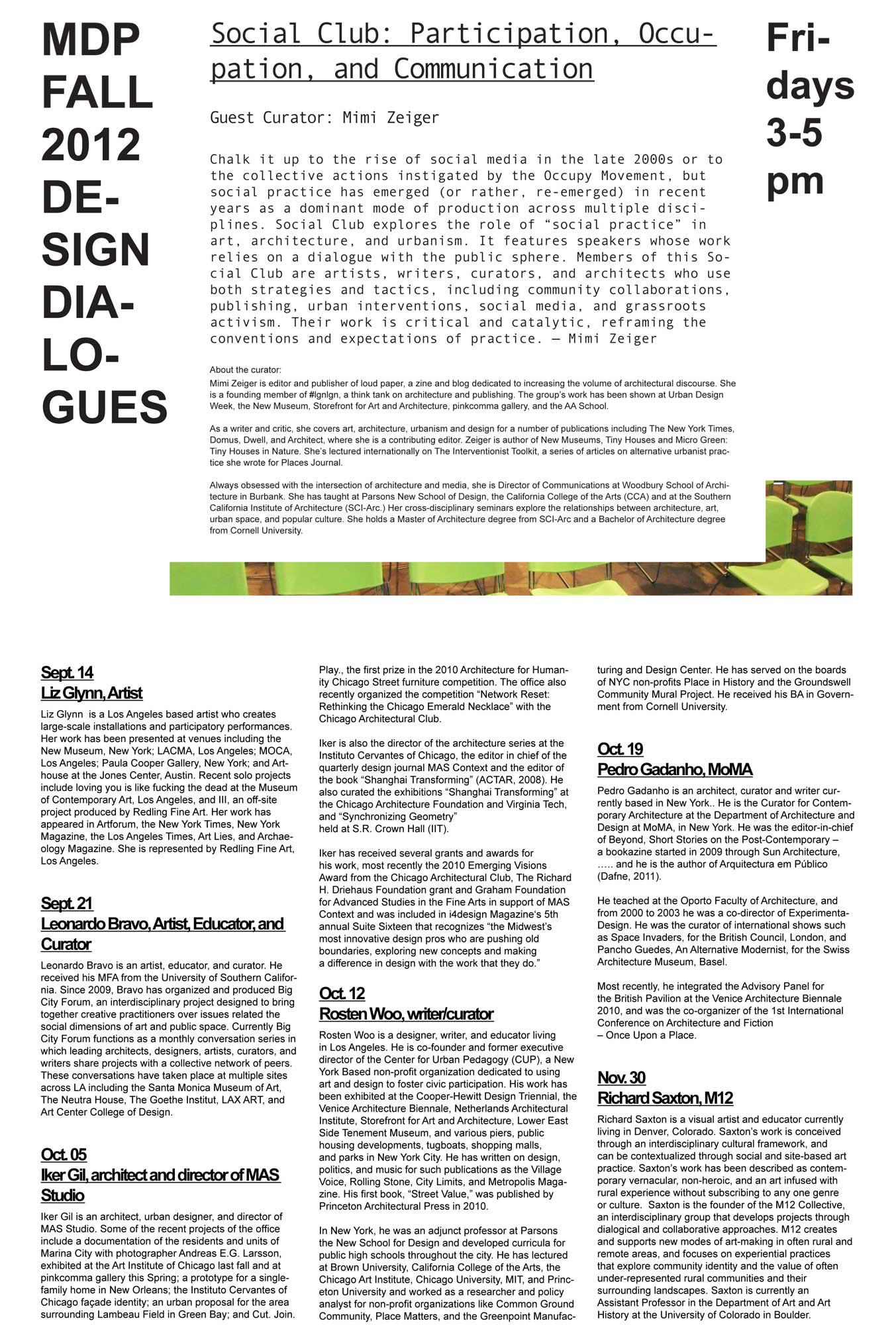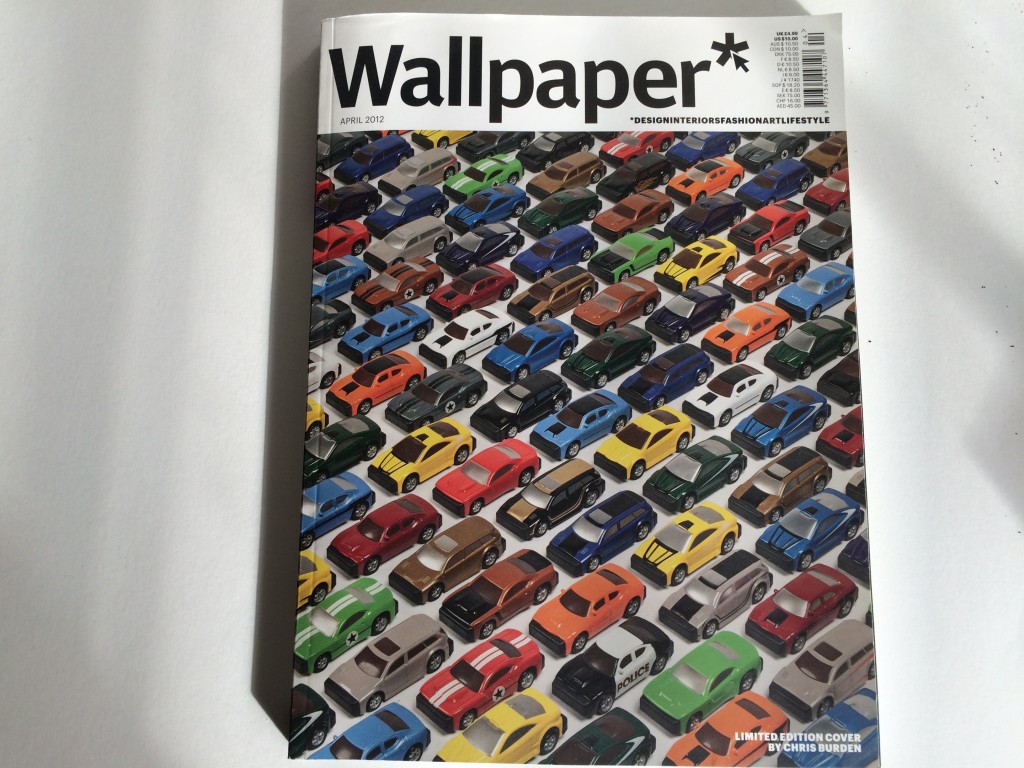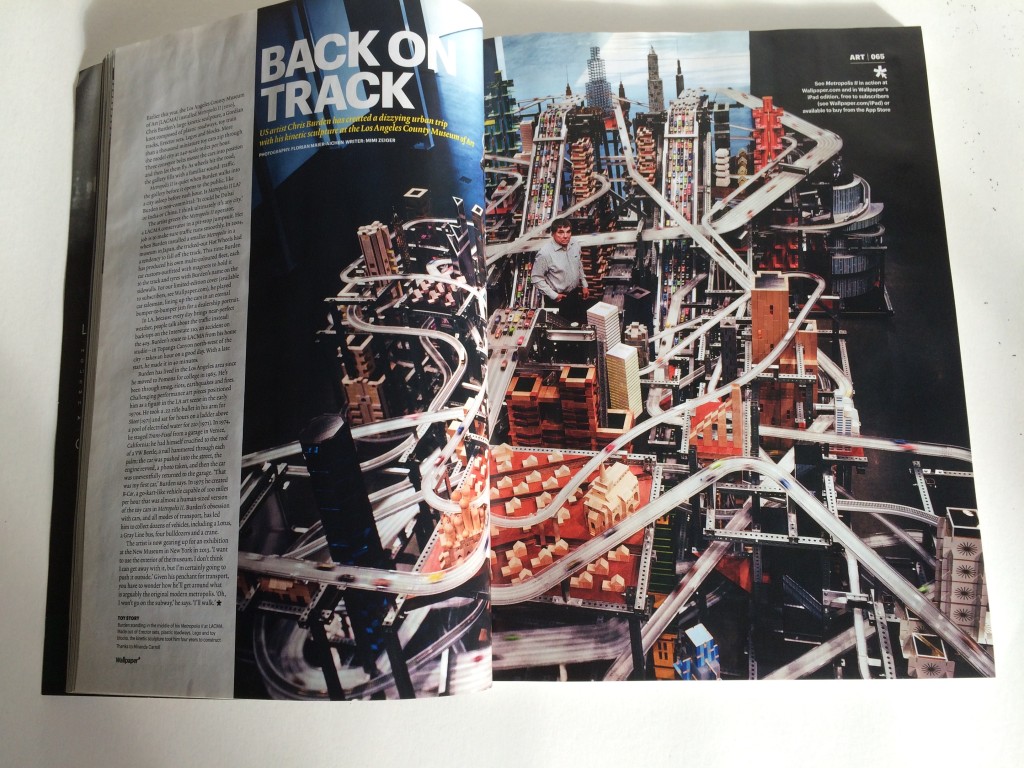Earlier this year, the Los Angeles County Museum of Art (LACMA) installed Metropolis II (2010), Chris Burden’s large kinetic sculpture—it’s a Gordian knot composed of a plastic roadways, toy train tracks, Erector sets, Legos, and blocks. More than a thousand miniature toy cars zip through this model city at 240-scale miles per hour. Three conveyor belts motor the cars into position and then let them fly. As wheels hit the road, the gallery fills with a familiar sound: traffic.
Metropolis II is quiet when Burden walks into the gallery before the museum opens to the public, as if the city is asleep before rush hour. Is Metropolis II Los Angeles? Burden’s non-committal—he shrugs as if he’s heard this one before. It’s one city or all cites. “It could be Dubai or India or China,” he explains. “I think ultimately it’s any city.”
The artist, with salt and pepper mop-top and sporting striped oxford, greets the Metropolis II operator, a LACMA conservator in a navy blue pit-stop jumpsuit. Her job is to stand inside the urban contraption and make sure there are no pile-ups or cars careening off the tracks. In 2004, when Burden installed a smaller Metropolis in a Japanese museum, the tricked-out Hot Wheels had a tendency to fall off the track. For Metropolis II, Burden produced his own multi-colored fleet (including black and white cop cars). Each custom outfitted with magnets to hold them to the track and tires detailed with Burden’s named spelled out on the side walls. For this month’s cover Burden played car salesman and lined up the vehicles for a dealership portrait. All the little cars are motionless, caught in an eternal bumper-to-bumper jam.
In Los Angeles, because every day brings near-perfect weather, people talk about traffic: back-ups on the I-110, an accident on the 405. Today, January brings more blue sky. Burden’s route from his home studio—located on an expanse of land in Topanga Canyon northwest of the city—takes an hour on a good day. Today was a good day. He drove his wife’s BMW station wagon. With a late start, he made it 40 minutes. A critique often levied at Metropolis II is that Burden’s vision of the city is too car-dependent, too unrealistically seeped in oil, and generally unsustainable. He counters that in the future all cars will be run by satellites and GPS control. “It would all be timed perfectly and you wouldn’t have to slow down at any lights,” he explains. “There wouldn’t be red lights or green lights. You just move right through… like fish.”
Burden’s lived in the Los Angeles area since he moved to Pomona for college in 1965. He’s been through smog, riots, earthquakes, and fires. Challenging performance art pieces that bordered on the edge of disaster positioned Burden as a figure in the Los Angeles art scene in the early 1970s. He took a .22 rifle bullet in his arm for Shoot (1971) and sat for hours on a ladder above a pool of electrified water, 220 (1971). In 1974, he staged another piece of extreme art in a Venice, CA garage. For Trans-Fixed, Burden had himself crucified to the roof of a VW Beetle, complete with a nail hammered through each palm. The car was then pushed into the street, the engine was revved, and then after a photograph was taken, the car was uneventfully returned to the garage.
In the mid-Seventies, Artforum ran one of the first cover stories on Burden. In the piece critic Robert Horvitz wrote of Trans-Fixed, “Replacing the cross with a Volkswagen effectively transformed a religious cliché into a diabolically droll, nightmarish masque: Jesus, indeed.” Nearly four decades later, the relationship between his physical, edgy artworks and the crowd-pleasing, child-friendly Metropolis II seems tenuous. Yet for the artist, the connection is there.
“That was my first car,” Burden says of his Trans-Fixed co-star.
“I owned a lot of Volkswagens and Beetles. They were really good cars when you were in college because you could buy them for $200 or $300 and then sell them for the same amount. They were freebees. I must have had five or six Beetles before I bought my first truck. I was making big sculptures at the time and I was trying to schlep materials around in my Volkswagen. I remember having two inch pipes sticking out though the window frame and the doors getting kind of screwed up.”
In 1975, he created the B-Car, a streamlined, go-cart–like vehicle equipped with four bicycle wheels and ready to propel its driver 100 miles per hour down the road—almost a human-sized version of the toy cars zipping around Metropolis II. Burden’s obsession with cars, and really all modes of transportation, led him to collect dozens of vehicles on his property in Topanga. He has four bulldozers, a Greyline bus, a forklift, an electric crane, a Lotus, two 4x4s, a Mazda RXA, and three Citroën Deux Chevaux trucks. (The last were for an unrealized French project entitled Mini Video Circus. Burden imagined that the little trucks would be equipped with video decks and monitors and then parked like a mini movie theater in a French village. Villagers would pay a franc to watch footage of earthquakes, fires, and riots, or as Burden puts it “unrelenting disaster in Los Angeles.”)
With the success of Metropolis II, Burden is gearing up for a 2013 exhibition at the New Museum in New York City. He’s scheming: “I want to use the exterior of the museum.
I don’t think I can get away with it but I’m certainly going to push [the exhibition] to the outside.” Burden even has plans to top the museum with the two mini skyscrapers he designed in 2003.
Given his penchant for transport, you have wonder how the artist will get around what is arguably the original modern metropolis. “Oh, I won’t go on the subway,” says Burden. “I’ll walk.”



